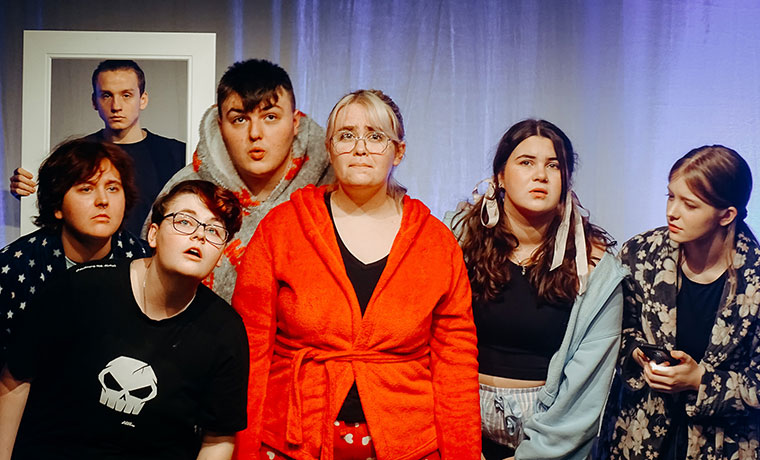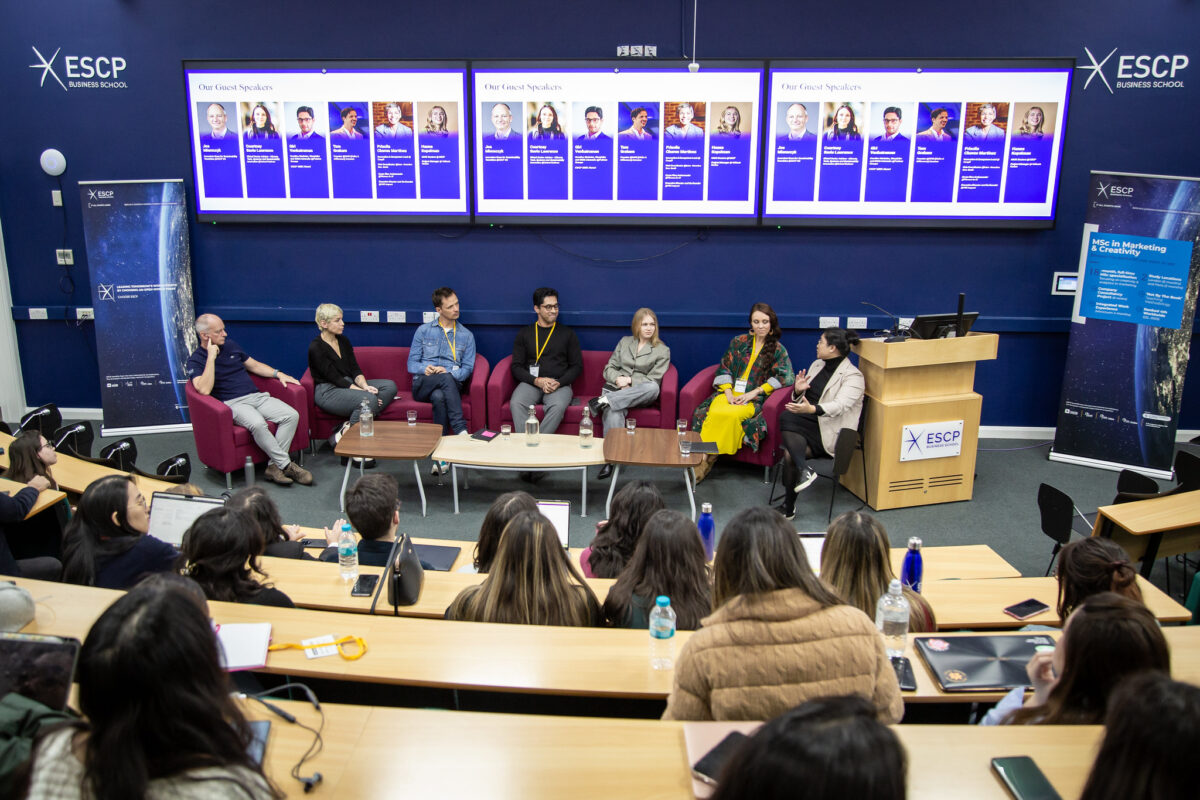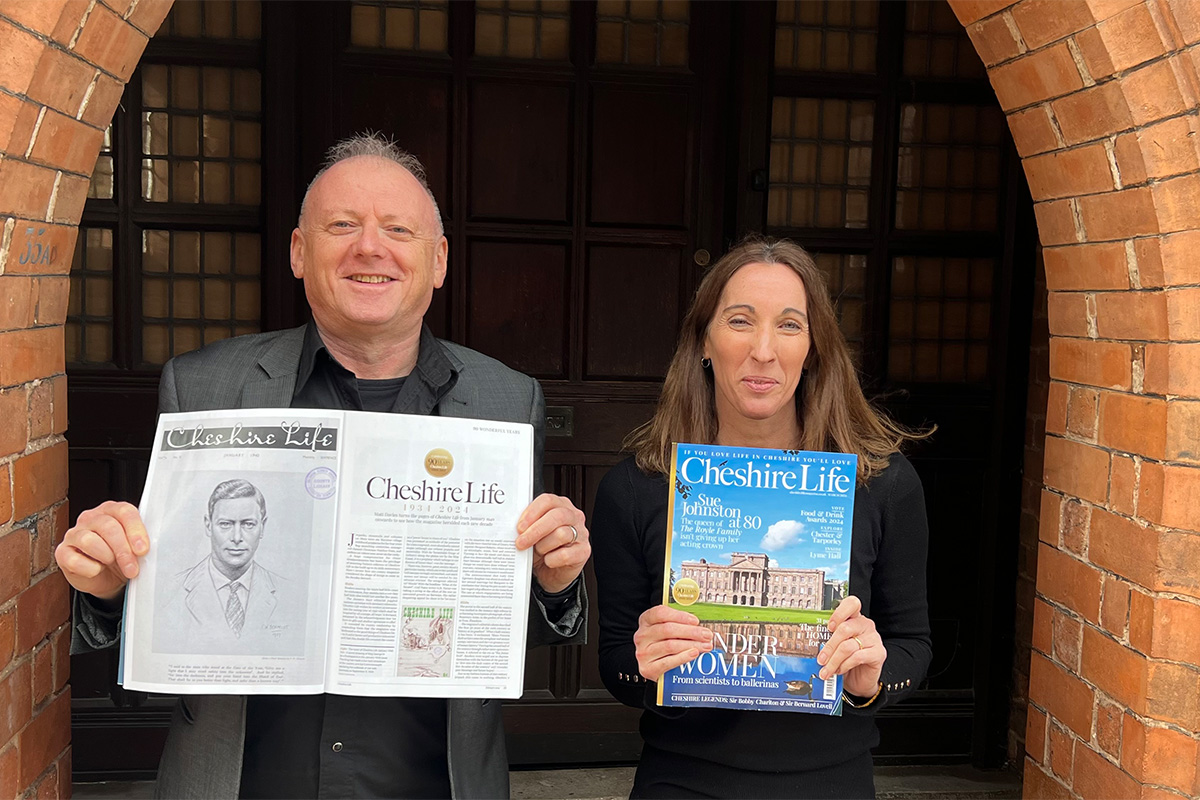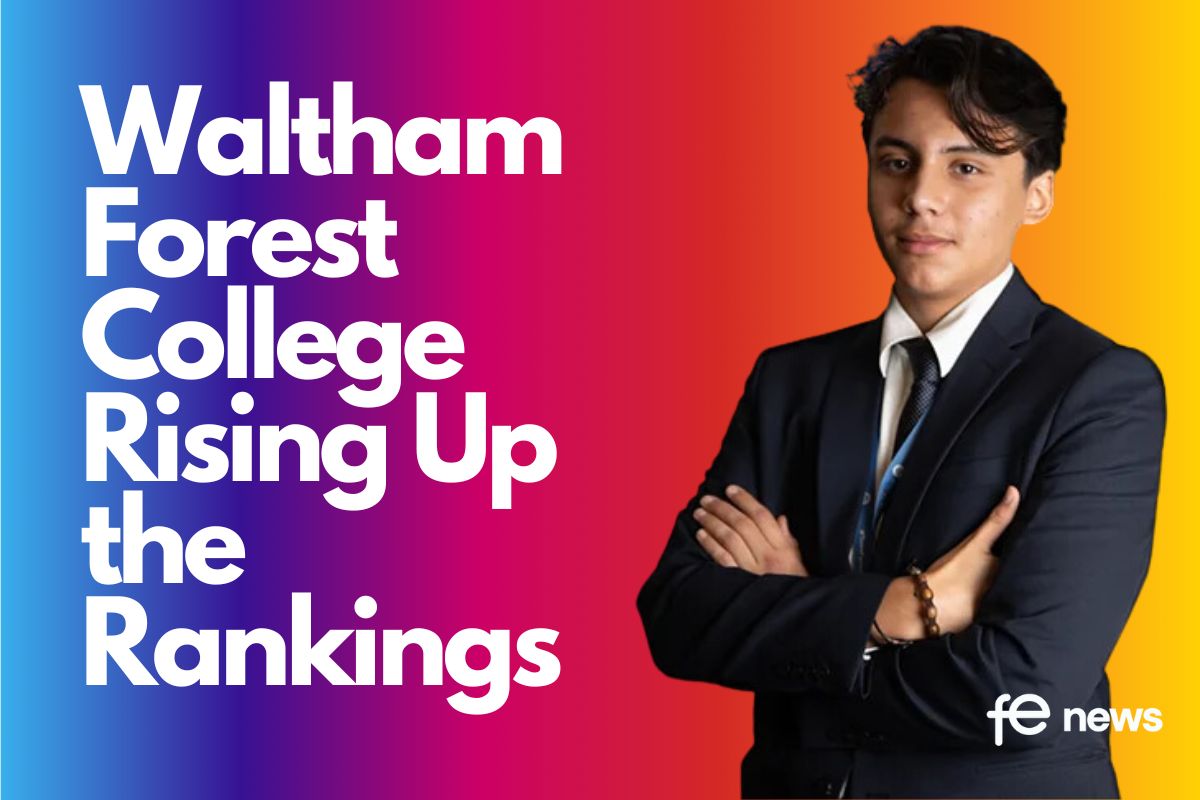How digital can help students navigate the university campus and improve accessibility

The article discusses the challenges that students face when starting university, including living away from home and navigating an unfamiliar campus. Great State, a digital agency, has worked with University College London (UCL) to develop a digital solution to help students navigate their large multi-site campus. This demonstrates how digital technology can improve the student experience and address issues of accessibility and navigation.
For many students, starting university is their first experience of living away from home – leaving the village, town or city they have grown up in and spent their childhood.
University brings many challenges for students, not least living in an unfamiliar location which perhaps they have only visited a handful of times when selecting their university of choice.
Add to that a sprawling university campus to navigate and it’s no wonder there’s concern and apprehension amongst students about what university life really entails beyond the academic necessities.
With new research showing that one in five students at Russell Group universities are considering dropping out of university due to the cost-of-living crisis, even the elite higher education institutions are struggling when it comes to student retention and making the university experience an inclusive one.
At Great State, we have explored in depth how digital can improve the student experience when it comes to improved learning and supporting the community aspect of university life. We know that human centred, connected, digital experiences can ease the transition to university life for students, but as our recent work with University College London demonstrated, it can also tackle issues relating to accessibility and navigation of a vast university campus.
The challenge for UCL students
University College London (UCL) is located in the heart of the city of London, with the main campus located in Bloomsbury covering 35 acres. In addition to the main campus, UCL has several other locations around London including the Royal Free Hospital campus in Hampstead and the UCL East campus in the Queen Elizabeth Olympic Park in Stratford.
So when David Goddard, Head of Digital Student Experience at UCL, approached us to help him help UCL students find their way around their large multi-site campus, we were confident that digital held the key.
Applying the design sprint method to a new type of problem
Many higher education institutions have an intricate web of long running projects and strategic initiatives, meshing physical and digital plans that involve multiple stakeholders, committees and groups – all these factors combined makes identifying and taking discreet work forwards at pace hard.
We had initial discussions around the larger digital pain points that students encounter, which uncovered a problem space with ID cards and navigation and access around the university. David Goddard was keen to see how we could help and avoid getting caught up in a wholesale ID card digitisation hardware challenge. He asked us:
‘’are there small increments of value that we can quickly deliver that provide value for students in months rather than years? I don’t want to get too fixated on that challenge, but it might be a useful way to contextualise how Great State could help develop creative solutions to challenges that will inevitably have a digital element.’’
Together, we decided a fast-paced and collaborative design sprint would be the best process to find solutions to this issue by quickly generating and testing new ideas. Design sprints are a great way for teams to rapidly create and validate new solutions, while minimising risk and uncertainty.
Over the course of five days, we worked with David to produce a plan to deliver a design sprint based on adding value to students quickly over a few months, rather than years, with the aim to improve navigation. It quickly became clear that we could widen the brief to include accessibility and inclusivity, adding additional value not only to students but to staff as well.
From understanding the problem, we were then able to identify and sketch possible solutions as well as story board how each solution should and could work. This then allowed us to prototype and test some of these solutions, which on the final day of the sprint we were able to test on five real users, capturing and collating their feedback.
Universities need to consider digital solutions to improve navigation and accessibility
Our work with UCL uncovered some of the issues that students are facing, not only at UCL, but across many university campuses up and down the country. By nature, university campuses are growing as more students enrol in university, which has led to multi-site campuses growing in popularity, especially in cities where there simply isn’t the space to add to the original campus site.
We know how important a university’s digital offering is to students, with 50% of students saying it’s a key factor in their choice of university.
Creating a bespoke companion app offers students the opportunity to access a range of useful features and resources through their mobile device or tablet, helping them manage both their academic and personal lives. When addressing challenges relating to navigation and accessibility, a companion app can also be a vital source of information and advice in the palm of their hand.
- Interactive maps
Students can access an interactive map providing detailed information about buildings and classroom locations, and showing them the quickest route to reach their chosen destination.
By incorporating applications such as what3words, students can be directed within metres of where they need to be. Taking this a step further, NaviLens, designed for the visually impaired, can get people within millimetres of their destination via an innovative Augmented Reality (AR) experience.
AR could also be used to overlay digital information onto the real world, for example students could use their mobile device to scan a university building to learn more about the services and facilities on offer within it. For visually impaired students, using a screen reader could also assist with this information, reading the contents of the screen aloud.
Interactive maps could also be designed to include information about accessibility features such as wheelchair ramps, accessible parking and elevators.
- Digital signage
Digital signage can be used to provide directional information and highlight accessibility features around the campus that cater to you.
Smart buildings, designed with accessibility in mind, can incorporate features such as automated doors, wheelchair ramps and voice-activated controls. These buildings can also be equipped with digital signage and wayfinding tools to help students and staff navigate their way around.
Taking the concept of digital signage further, signs can be turned into rich multi-media content. They can also offer different language options, sign language, pictograms, spoken word and more.
QR codes can offer additional information, think of a code on a bus door that can be scanned to find out exactly what destination it is going to if it isn’t clear from the sign on the front.
The future is digital
For universities, encouraging inclusivity and accessibility to a diverse student population should be a priority. By embracing ‘customer-centred’ design thinking and service design principles, universities can make sure that their services are designed around students, creating efficiencies for them and improving the overall student experience.
With implementation of a digital strategy across a large organisation likely to take two to three years, universities need to continuously be looking for ways to evolve their digital offering. As with education and learning, wider services including accessibility and navigation must be incorporated into the digital experience.
By Ben Murphy, Director of Client Services at Great State












Responses